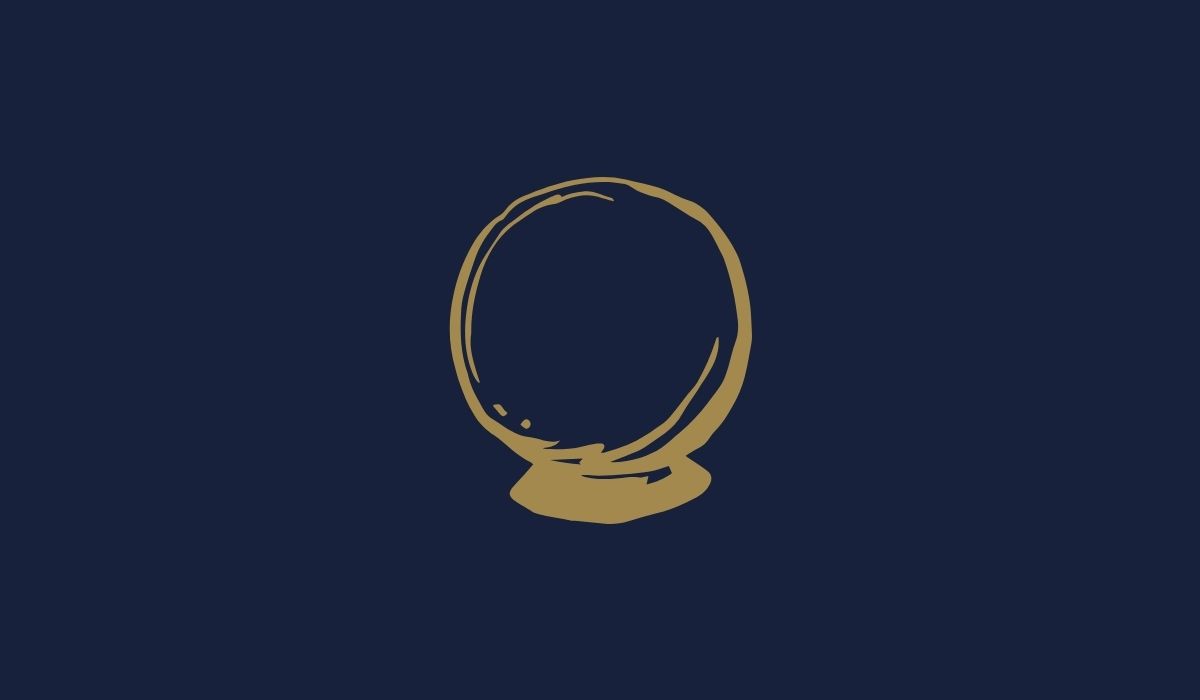Gen Z Isn’t Cooked: Finding Purpose in an Age of Despair
The biggest crisis facing young Americans today is a lack of purpose. They wander through life weighed down by hopelessness, convinced the future isn’t worth fighting for. They can’t afford basic necessities because of rising costs and stagnant wages. They’re told they’ll never have homes. Marriage and kids are, for many, out of the realm of possibilities. And to make it all worse, the climate doomers say they won’t have a future because climate change will suffocate us all.
The emptiness many young people feel today is profound, and originates from multiple sources, but one especially stands out: climate doomerism, the belief humanity is on an unstoppable march toward destruction, has become a defining feature of our generation.
The story told to millions of young people is the planet is dying, the system is rigged, and the future is lost. When that message becomes the moral framework for a generation, what hope is there?









